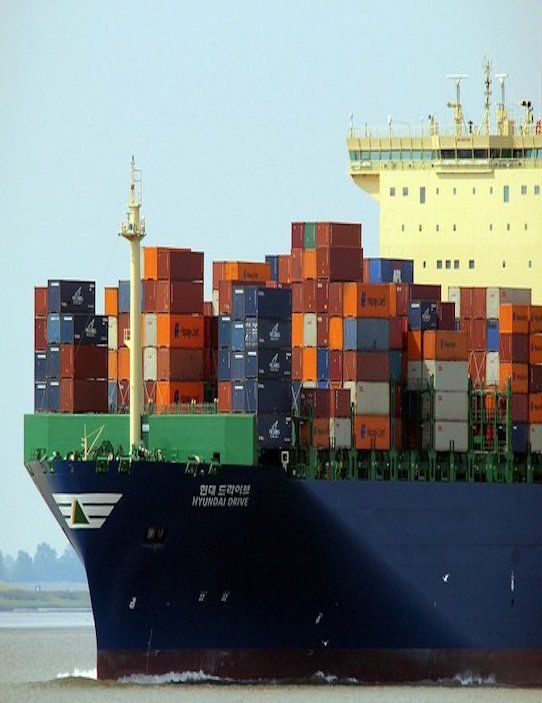Pharmaceutical cold chain logistics is a $12.6-billion global industry
Pharmaceutical Commerce's annual Cold Chain Sourcebook projects 52% growth between 2014 and 2020
Global biopharma logistics spending ($billions)
Fig 1. Cold-chain logistics spending is forecast to
grow to more than $16 billion by 2020
Global biopharma sales ($billions) trend 2014—2020
Fig 2. Sales of cold-chain drugs and biologics will outpace
overall industry growth through 2020
Global clinical trials logistics spending, drugs and biologicals, Phase I—IV ($billions)
Fig 3. Clinical trials logistics spending is trending up,
from a base of about $3 billion annual spending
Preliminary data from Pharmaceutical Commerce’s annual Biopharma Cold Chain Sourcebook shows that managing the transportation of temperature-controlled products (refrigerated and frozen) will total $12.6 billion this year, continuing an 8—9%/yr growth rate that is roughly double that of pharma products overall (Fig. 1). The report, now in its seventh edition, pegs non-cold-chain pharma logistics costs at $78.8 billion and rising at the 4–5% growth rate of pharma volumes. By 2020, pharma cold-chain logistics will be worth $16.7 billion, and non-cold chain at $77.1 billion (Fig. 2).
The global pharma industry today is roughly $1.1 trillion (Fig. 2), and between 2014 and 2020 is projected to rise by 41%. Within that, products that require refrigerated storage and transport are worth around $260 billion, and will rise 65% between 2014 and 2020, while non-refrigerated products are projected to rise by about 34%. The drivers, of course, are the continuing transition to biologically based products in new product introductions; additional drivers are the tightening requirements for life sciences shipments, combined with the growing internationalization of pharmaceutical trade. Biosimilars introductions are rising throughout the world (the first product was introduced in the US in 2015), and while this will cut into biopharma revenues, it is also expected to expand the market for biologics-based products.
The doubling of pharma cold-chain logistics growth is attributable primarily to the shift to biologics and other specialty pharmaceuticals, many of which require refrigeration. Continued strong growth in insulin products and vaccines is also propelling growth, as is the broader adoption of all these products from developed economies to underdeveloped ones, especially in Asia.
“If anything, our estimate of current and future spending is slightly under-calculated, because there is a small but growing trend for shipping ambient-temperature products in a monitored, controlled manner, which is a departure from past practices,” notes Nicholas Basta, editor-in-chief of Pharmaceutical Commerce. “Recent Good Distribution Practice (GDP) guidelines, to which the industry is gradually adopting, require control of even room-temperature product, which is essentially everything that is not refrigerated or frozen. With each passing year, the oversight of pharmaceutical and biologics shipping is getting tighter.”
To perform its analysis, Pharmaceutical Commerce starts with the current lists of approved drugs, and what their labels say for storage and shipping conditions. Drugs in the pipeline are also evaluated to the extent possible. That fraction of approved drugs is then compared to measures of overall pharma sales (from organizations like IMS Health and Evaluate Pharma), and overall pharma logistics spend and volumes.
Data are broken down according to shipping mode (air, ground, sea) and the spending proportions between transportation, packaging and instrumentation.
Facility Growth
In recent years, air carriers and third-party logistics firms (3PLs) have made substantial investments in capacity expressly for life sciences products (research materials, pharma and medical devices). UPS now has a global network of 50 facilities dedicated to healthcare logistics; FedEx has acquired Genco, a US 3PL, and TNT Express, a European-based courier company; similar undertakings have occurred at Kuehne+Nagel, Panalpina, DHL and others. Air carriers American Air Cargo and United have opened dedicated facilities at eastern-seaboard airports.
Technology for cold chain is advancing: it is now commonplace to have real-time tracking of shipments (including temperature monitoring), and logistics providers can intervene to keep shipments safe and on-spec. There is a battle going on between bulk air-cargo container suppliers, such as Envirotainer and CSafe, and suppliers of single-use pallet shippers such as Sonoco ThermoSafe and Cold Chain Technologies. “Shipping options are multiplying, and smart pharma companies are making careful evaluations of cost vs performance in their choices,” says Basta.
Clinical Logistics
The Sourcebook also looks at the clinical logistics field (not differentiating between cold chain and ambient, as most trials use temperature controls in some part of the process). Trial initiations and the scale of trials will generate a logistics volume of around $3.2 billion in 2016 (Fig. 3). Based on estimates of future trial volume, location (many trials are now being conducted globally) and industry R&D spending, the Sourcebook forecasts logistics spending growth at about 2% per year, to about $3.4 billion in 2020.
The Sourcebook will be available for purchase in April; send email to [email protected] for details.
